They say when you want something, you should go for it. This adage applies not only to your goals and dreams but also to the less serious areas of your life, like buying jewelry for yourself. Have you ever experienced wanting to purchase that gorgeous yet pricey bangle bracelet, but hesitated to do so? If you know it’s something you love and can afford, then, by all means, get it! As a modern woman, the reason why you should buy the jewelry that you want should be simple: it brings you happiness. You don’t always need to wait for a man or relative to give you the jewelry you fancy–you can take control and do that for yourself.
Buying yourself jewelry is both an exciting and empowering act that will surely give you a sense of accomplishment. Besides, it can be a valuable investment, just as long as you know how to choose the right pieces. In this guide, we’ll give you tips on how to buy jewelry, the qualities to look for when shopping for them, which types will make a good investment, and more. By the end of this article, you’ll be ready to scour the stores to find the perfect piece of jewelry that will fill your heart with joy.
Why You Should Buy The Jewelry You Want
So, why buy the jewelry you want? There are a variety of reasons for one to purchase that coveted piece. These embellishments have evolved to be of great importance to people in general. Read on to find out why you should buy the jewelry that you want and how to go about the purchasing process.
Why do We Need Jewelry?
Jewelry had existed in society even before it had a name. In fact, humans have been wearing them for nearly 75,000 years, and have done so for a variety of purposes. Leaders of ancient civilizations, such as pharaohs, kings, emperors, and tsars alike, used it as a symbol of status for centuries. Precious materials such as gemstones have always been coveted possessions, and jewelry became a means of displaying an individual’s wealth and importance.
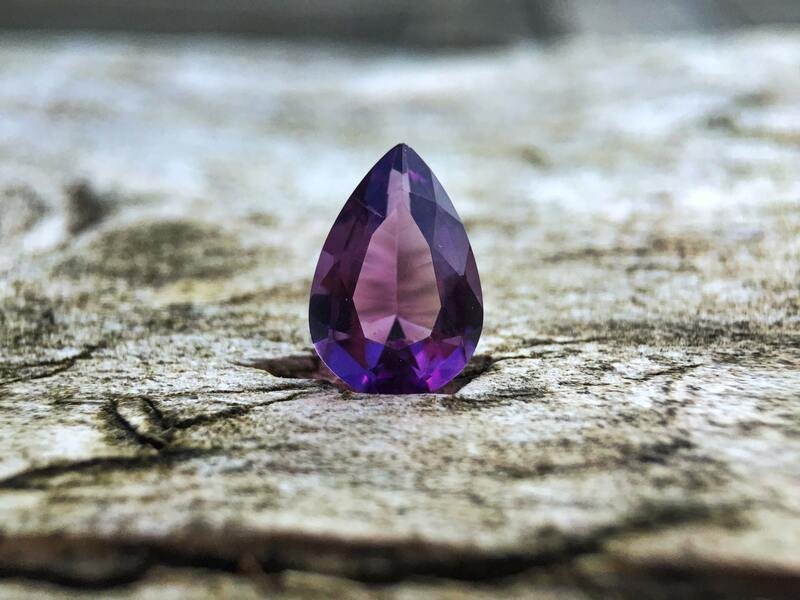
Jewelry had more modest beginnings before the precious metals and handcrafted accessories we use today came into existence. The earliest findings of jewelry were crafted from leather, shells, feathers, and berries. Our ancestors gathered these materials and made unique pieces of adornments from them.
Pharaohs also held the belief that certain stones possessed supernatural powers that can give them protection and luck in certain areas of their life.
The Importance of Jewelry Today
Despite jewelry’s extensive history, the reasons we wear it today are simpler: we like how it looks. Wearing jewelry helps us express our personalities, amplify our appearance, and make a statement. While we rarely stop to think about why we need it, jewelry fulfills our different needs in more ways than we realize.
It meets our need for love–one way we express our affections is by giving jewelry as gifts to our loved ones. It also fulfills our need for belongingness as a ring can signify a person’s affiliation with a group. And lastly, it satisfies our need for self-actualization, when we achieve something, we sometimes like to reward ourselves with a beautiful piece of jewelry. These are just some of the reasons we need jewelry, but ultimately, we wear them because they have become an essential part of our identity.
How To Buy Jewelry
There are different ways to buy jewelry; you can get them in-store, online, or have them customized. Here are some useful tips on how you can make your jewelry-shopping experience easier and more efficient.
Research
Shopping for jewelry can feel daunting, especially when you’ve never done it before. Luckily, we live in a day and age when information is easily accessible. For first-time jewelry shoppers, researching jewelry trends, types, and reputable designers is a must before visiting a jewelry store to find the perfect piece. That way, you get to see the different styles of jewelry available and figure out what you’d like to buy. Make sure you’re equipped with enough knowledge before heading out to your local jewelry retailer or clicking add to cart on that website. In this way, there is less room for confusion once you actually go shopping for them.
Know your style
When buying fine jewelry for yourself, you have to establish what your style is and choose something that fits it. Think about the outfits you have in your closet–your work wardrobe, the clothes you wear during cocktails after work, and the dresses you wear on date nights. It’s important to consider these things because you want your jewelry to go well with whatever it is you intend to wear it with. Whether you plan on wearing it daily or only on special occasions, knowing that your accessories fit your lifestyle and wardrobe will allow you to enjoy them more.
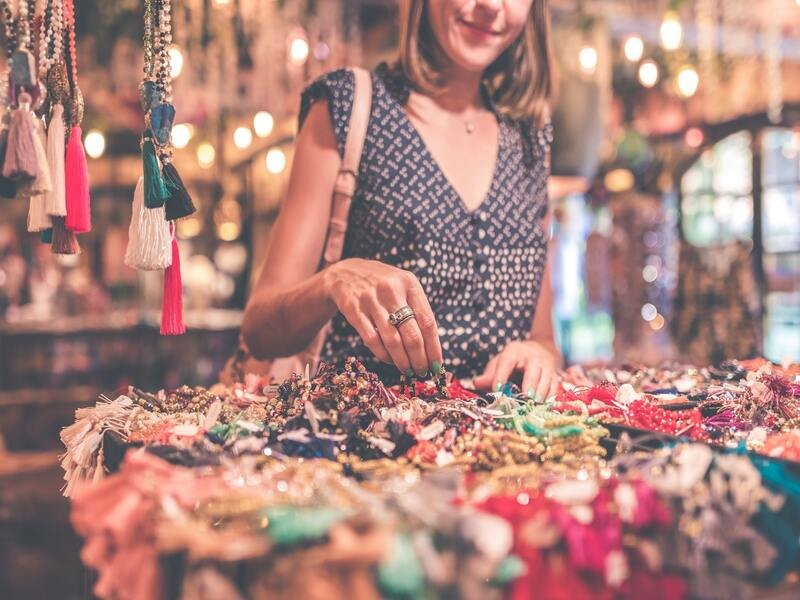
Budget
As mentioned above, it’s vital to utilize the power of research: be it online or in person. Begin shopping for jewelry by checking out various online stores or visiting your local jewelry stores. Take a look at the different types and styles they offer and take your pick. Once you determine what piece you want, consider setting aside a portion of your monthly salary into your jewelry fund. In that way, you won’t strain your finances as much because you saved up for that special piece instead of buying it on credit. That’s one sure way of rewarding yourself responsibly!
What Should I Look For When Buying Jewelry?
Now, it’s time to discuss the things you should look for when shopping for jewelry. We’ve divided this section into categories based on jewelry types, so you’d know what to check for when buying them.
Diamonds
To help you avoid diamond scams, let us guide you on evaluating diamonds. The value of diamonds is determined by four criteria: clarity, cut, color, and carat. Clarity shows how flawless the diamond is, cut refers to the way the stone is fashioned, color is graded from colorless to yellow, and carat is the weight. To ensure that you’re making a wise purchase, be sure to evaluate the diamond’s quality based on these four Cs.
Ask the salesperson who grades their diamonds and what education and experience that person has. Also, request to view the rock under magnification and never against a black background, as this can change the eye’s perception of its color.
Colored Gemstones
You should know that faceted gemstones–those with a flat top, polished faces across, and a pointed bottom–usually have better clarity. These facets allow light to pass through and show the stone’s brilliance. Ask the jeweler if the gemstone is natural, synthetic, or imitation. Synthetic gems are laboratory-created and are identical to the natural ones. However, they don’t have the same rarity and cost as naturally mined stones; hence, they cost less. On the other hand, imitation stones or assembled stones resemble the appearance of natural stones, but they’re usually made of glass, plastic, or other less valuable stones.
Ask if you can view the gemstone from a jeweler’s loupe (a small magnifier) to see the inside of the stone and check for chips or any damages.
Pearl
There are three types of pearls: natural, cultured, and imitation. Oysters and other mollusks produce natural or real pearls, but these are extremely rare in the market. Cultured pearls also come from mollusks, but they’re created with the help of human intervention. Irritants are introduced into the shells, which causes it to grow a pearl. Imitation pearls are entirely man-made and are usually made of plastic. You can tell that a pearl is of good quality by its luster, sheen, and smoothness of the surface. The cheapest ones will have more transparent bodies, while the most expensive ones will shine like glass with a faint radiance.
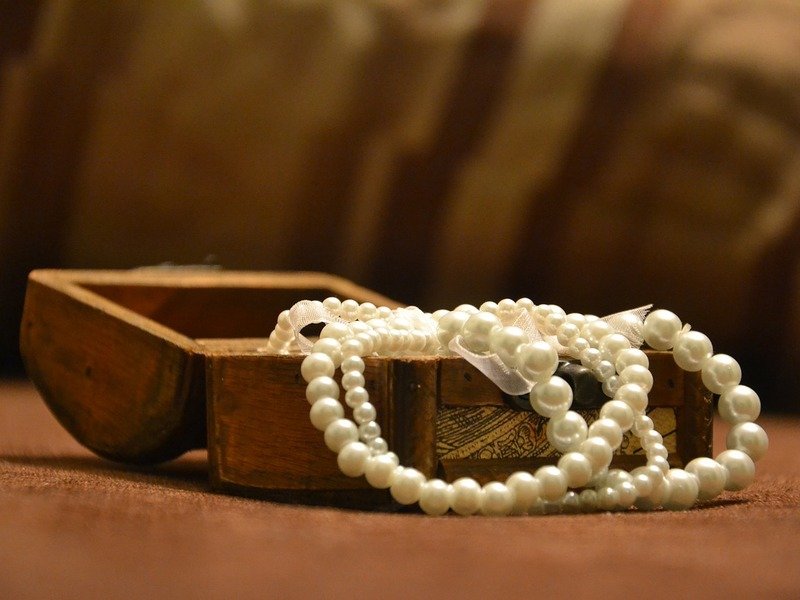
Silver
Silver or sterling silver is an alloy containing 92.5% silver and 7.5% other lesser metals, usually copper. Authentic silver jewelry should have a “925” or “sterling silver” marking, so make sure to check for those. Also, “nickel silver” and “German silver” actually don’t have silver in them, so be careful not to confuse it with the real thing. Lastly, make sure the words “sterling silver” are written on your receipt.
What To Ask When Buying Jewelry
You’ve finally found the piece you want, and you’re almost ready to take the plunge. But, before you head over and pay for it, remember to ask the jeweler a few important questions about your item. First, make sure to verify if your jewelry has a warranty or if a service plan is available for purchase. A warranty should cover annual cleaning and regular check-up by your jeweler. A professional appraiser will use a loupe or gem scope to make sure no repairs are needed for your fine jewelry. A service plan should, on the other hand, cover the cost of repairs. Get everything in writing and ask for a sales receipt or an appraisal indicating the quality of your jewelry. This will serve as your contract and proof that what you’ve been told about your item is accurate.
How To Buy Gold Jewelry
Gold jewelry, as a preferred jewelry metal, is a timeless and versatile piece of fashion accessory that looks great on both men and women. This precious metal exudes luxury and class, giving its wearer an undeniable sense of self-confidence. When shopping for gold, you’d want to pick one that will provide you with the best value for your money. Here are some tips on how you can do that.
Determine the right karatage for you
Gold in itself is an extremely malleable metal, which is why it’s often mixed with other metals–such as copper or nickel–to make it suitable for use in jewelry. Every gold alloy has 24 units called “karats.” This means that if you buy 24-karat gold jewelry, your piece is made of 100% gold. The purity of gold jewelry is proportionate to its value–the higher the karat is, the more expensive it will be.
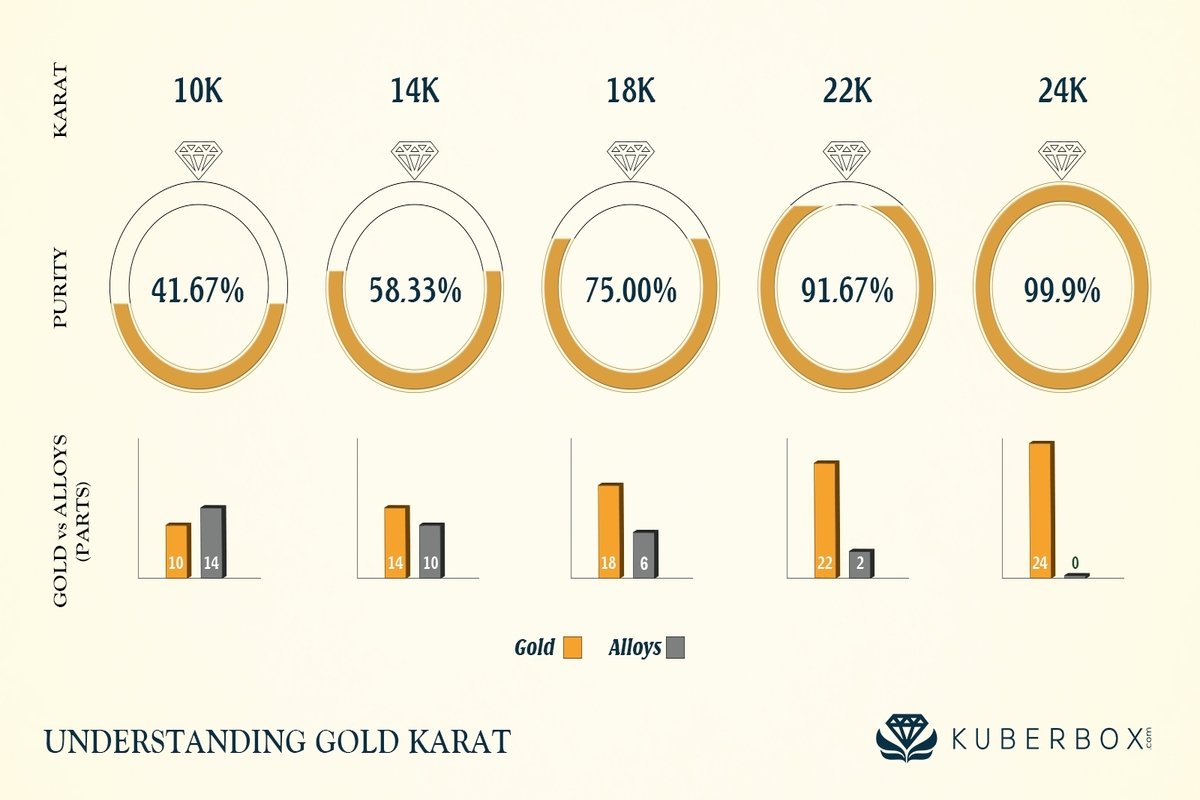
This doesn’t mean you always have to go for a higher purity level, especially if you’re planning to wear your gold jewelry every day. If you intend to do so, you better go for low-karat pieces made of gold and other metals that make it more durable. 10, 12, and 14 karats should be good options.
For rings and bracelets–which are more likely to be exposed to contact against hard surfaces–it would be best to buy 10 or 12-karat pieces. For necklaces and earrings–which are safer from contact–14 to 18-karats are good. And for jewelry that you’ll use on special occasions only, 18-24 karats are suitable.
Look for pricing and quality markings
Aside from what the salesperson tells you, how can you determine the purity of gold? Look for a hallmark–markings that indicate the karatage or the jewelry’s percentage of gold purity.
Check your skin compatibility
You should also consider your skin’s sensitivities when buying gold jewelry. One of the most common metals mixed in a gold alloy is nickel, which some people are allergic to. If you have nickel allergies, stick to gold jewelry with a higher percentage of gold content, such as 18-karat pieces.
What Jewelry Is a Good Investment?
If you’re planning to use jewelry as an investment, make sure to choose items that will retain or increase in value over time. You can never go wrong with buying jewelry from top designers, such as Tiffany, Van Cleef & Arpels, David Yurman, and Cartier. Pieces with high-quality diamonds or other valuable gemstones will most likely retain their value as well. However, there are also small online jewelers who are also known to provide the same quality products for much lower prices.
For diamonds, you should take a look into the four Cs and determine which is of high-quality. The ones with classic shapes tend to hold their value better than others. For gold, invest in pieces with 14 karat gold or higher. Modern jewelry isn’t generally a good investment unless they’re limited edition. What would fare better over the years in terms of value is vintage jewelry, especially if it’s a designer piece. Before buying vintage jewelry, it’s important to check if all the stones on it are authentic and that the settings are in good condition.
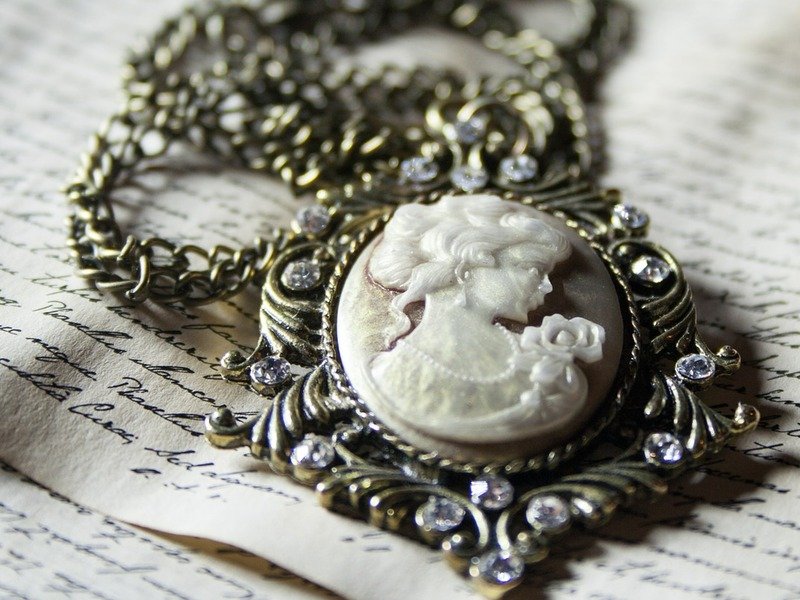
Ultimately, investing in jewelry is about having the patience to ride the waves and trends in the market and maintaining them carefully as you wait. Most importantly, you should buy what you really love, since you have to wait for years or even decades before you’re able to profit from your piece.
Conclusion
Being able to say, “I buy my own jewelry” is a great accomplishment in itself. It means you’re decisive and independent; you claim your happiness and don’t wait around for others to give it to you. We hope that this guide gave you a clearer motivation for why you should buy the jewelry that you want.
If you’re looking into buying the trendiest pieces of jewelry for 2020, check this article we wrote on what kind of jewelry is most popular.
